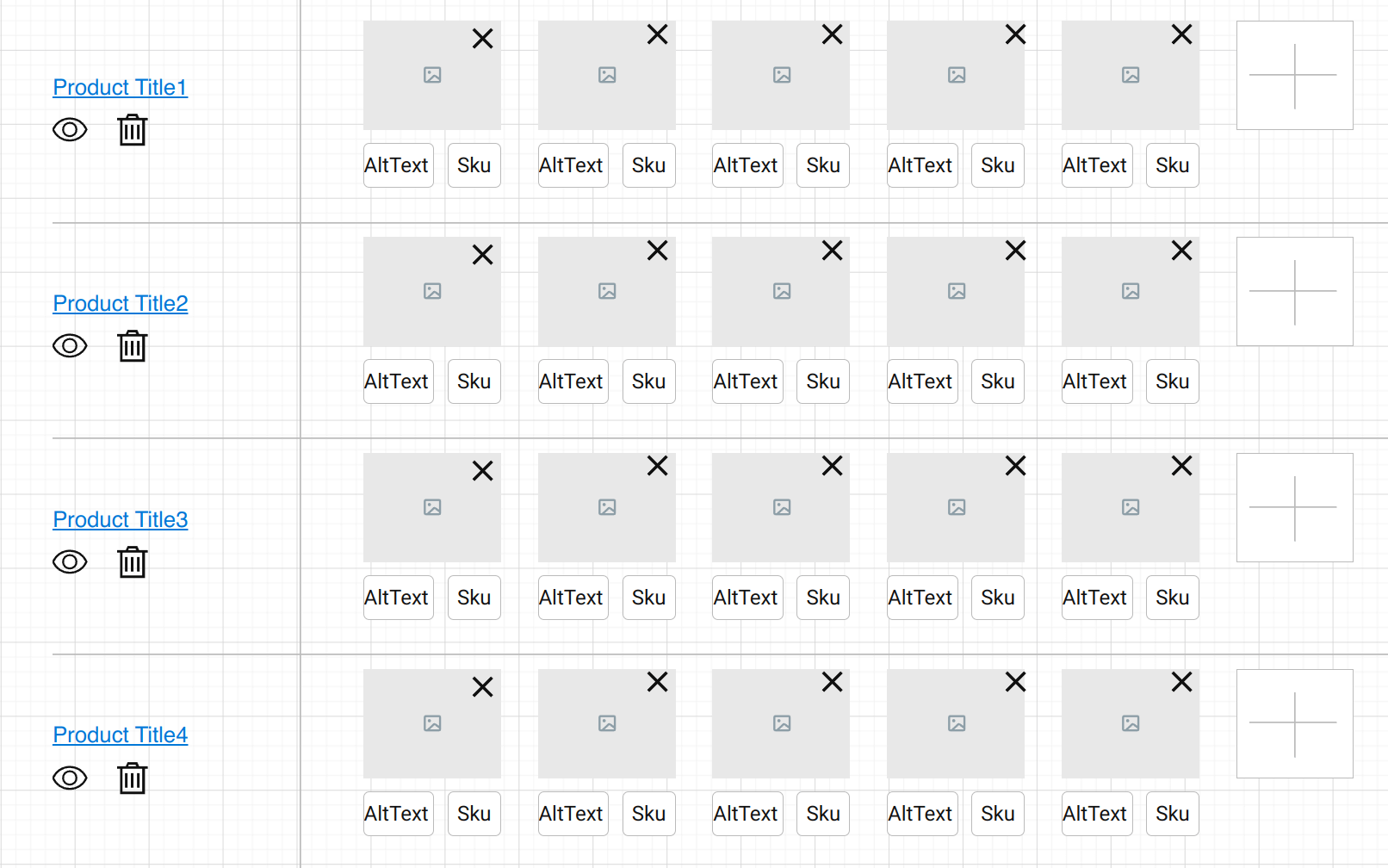Saving 2 Minutes Per Product: A Leap in E-commerce
2024-07-02
In the e-commerce industry, every seller needs to invest a significant amount of time to complete tasks such as product descriptions, uploading images, and search engine optimization. According to existing data, sellers typically spend 15 to 30 minutes on each product listing, depending on the complexity of the product, the number of images required, and the seller's experience.
The Burden of Time
While the processing time for each product may seem short, the total time adds up significantly as the number of products increases. For example, a seller adding 100 products may need to spend 25 to 50 hours. Generally, stores have hundreds to thousands of products. In the context of a growing seller community in the e-commerce industry, this "time demon" increasingly drains sellers' time and energy.
 Every seller has to face the agonizing 15 to 30 minutes, which also makes e-commerce tool developers feel ashamed. So, is there room for optimization?
Every seller has to face the agonizing 15 to 30 minutes, which also makes e-commerce tool developers feel ashamed. So, is there room for optimization?
The Possibility of Optimization
In physics, there is the law of conservation of energy; similarly, in e-commerce, there exists a "law of conservation of time": the time and energy you invest directly affect customers' purchasing decisions. If you invest insufficient time, customers may not even spend two seconds on your product. Therefore, besides listing products, product selection and photography are also time-consuming processes, but we will not delve into them this time.
Since 15 to 30 minutes is so critical, can we not reduce it by even a second? Perhaps not. Below, we will explore creating product descriptions, uploading images, and optimizing search engines.
Creating Product Descriptions
Writing effective product descriptions is a challenge. Descriptions need to be concise and clear, capable of capturing customers' attention and triggering their desire to purchase within seconds. The text must highlight core selling points and resonate emotionally with users, allowing them to envision the product's use in daily life. While AI tools can assist in generating content, the final text still needs human refinement to ensure it conveys the product's uniqueness and trending elements.
Uploading Images
The image upload process can be broken down into: compressing images, uploading new images, assigning images to SKUs, and adjusting image positions. There is room for optimization in these steps:
- Compressing Images: This can be handled internally by a program without manual intervention.
- Uploading New Images: Can we merge multiple steps in the process? Batch uploading is key to saving time.
- Assigning SKUs: If we could operate in one place, such as adding an assignment function below the images, it would save time.
- Adjusting Positions: If dragging could change the position, it would save time.
Optimizing Search Engines
SEO is an important tool in digital marketing, but its effects often take months to materialize. SEO includes keyword research, content optimization, technical adjustments, and ongoing monitoring, with merchants typically needing to spend several hours each week on these tasks. The more time invested, the higher the return, making optimization in this area relatively challenging.
Optimizing Image Uploads
Through the above analysis, we find that "uploading images" is a process that can be optimized. If we can shorten this step, the overall 15 to 30 minutes will also be reduced accordingly.
Currently, the image management function on e-commerce platforms usually takes place on the product detail page, making the process cumbersome: sellers must first enter the product list, then the detail page, edit, and return to the list. This operation is not only tedious but also prone to confusion, especially when dealing with a large number of products.
To address this, we found a direction and designed a preliminary version.

A package list focused on bulk management of product images allows users to batch upload, update, and delete images, integrating all functions for assigning images to SKUs and adjusting positions.
Developing a Shopify App
Ultimately, we decided to develop a Shopify App named Bulk Image Butler, hoping it can solve the pain points of e-commerce sellers in product image management.

After three months of development, we sent the installation link to our Shopify seller friends after launch. They were amazed at how product image management transformed from a "congested road" to a "highway," making everything smooth and easy, with past frustrations swept away.
We are delighted to receive praise and recognition from our friends, which strengthens our determination to publicly release and continuously optimize this Shopify App. As e-commerce sellers, we deeply understand the troubles caused by this time vortex, and we hope to make Bulk Image Butler a truly effective application for sellers.
Our goal is to create an app specifically for bulk management of product images, featuring batch uploading, updating, and deleting product images, while integrating image assignment to SKUs and position adjustment operations.
If our Shopify App can help you save 2 minutes when launching a product, that is our success and a step forward in the e-commerce industry.
References
1. Ecommerce Statistics in 2024
2. Evolving eCommerce Statistics 2024
3. 127 SEO Statistics for 2024